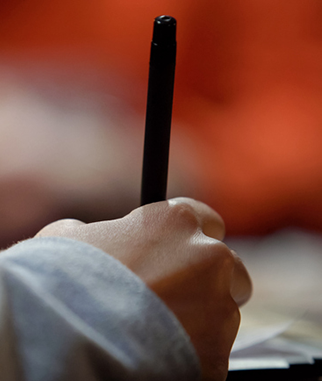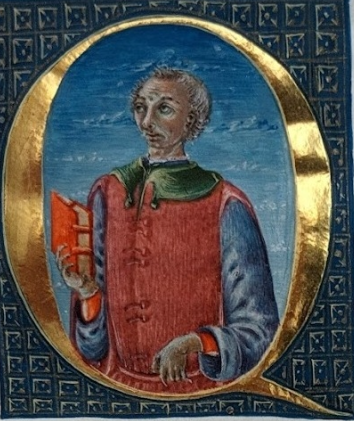Great Story, Four Lines

On topic. Elemental structure. Provocative topic, perfectly pitched to the audience. Surprising turn, implicit conclusion the audience reaches on their own. Sometimes the best work is the shortest.
For several years leading up to COVID I taught feature writing at The San Quentin News, America’s leading newspaper written by the incarcerated. Check it out, maybe donate.
One day I talking with an inmate of color. As frequently happens there, we were talking about race.
I asked, “So when you see me coming across the yard, which do you see first: ‘White,’ or ‘Free?’”
“I see ‘Free,’” he said.
“And when an African-American volunteer is coming across the yard, do you see ‘Black,’ or do you see ‘Free?’’
“I see ‘Free,’” he said, “‘for now.’”
Free for now. As in, maybe not free later that day.
This isn’t the start to a debate about racism in American justice, or the probationary freedom afforded many of our nation’s citizens. I’m applauding technique. In just a couple of lines we see a powerful and eloquent exchange on racism. Let’s look again.
The setup is pretty direct and clear. There’s an initial surprise, since it seems like he’s saying he sees us equally. Then a reversal – he sees two kinds of freedom, the given and the contingent. It’s stated plainly, without embellishment, like it’s a fact of the world.
Critically, I, the audience, was left with a little imaginative work of its own. I reached the conclusion he was after, and therefore my imagination stayed with the idea more strongly, even took it further: What must it be like to wake up every day, wondering whether the sun will go down with you behind bars? What sort of reality is that, shared with some in your society, and totally unknown to others?
Depending on their own experience, the audience may be shocked, they may nod in recognition, they may push back and deny, but they’re least likely to be unmoved. It’s what words do to our imaginations, thus our emotions, when they provoke best.


